How Does An Endoscope Bend Around Corners ?
An endoscope is designed with a flexible insertion tube that allows it to bend around corners. This flexibility is achieved through the use of a series of small, interconnected segments or links within the tube. These links are typically made of materials such as metal or plastic that can flex and bend without breaking.
The insertion tube of an endoscope contains a bundle of optical fibers or a small camera at its tip, which allows for visualization of the internal body structures. The bending capability of the endoscope is controlled by the operator using external controls, which manipulate the tension and movement of the insertion tube.
By adjusting the tension and movement of the insertion tube, the operator can guide the endoscope through the body's natural curves and corners, such as those found in the gastrointestinal tract or the respiratory system. This flexibility enables the endoscope to reach areas that would otherwise be difficult to access, allowing for diagnostic and therapeutic procedures to be performed with minimal invasiveness.
1、 Flexible shaft design
An endoscope is a medical device used to visualize and examine the internal organs and structures of the body. One of the key features of an endoscope is its ability to bend around corners and navigate through the body's complex pathways. This flexibility is achieved through a design known as a flexible shaft.
The flexible shaft of an endoscope is typically made up of a series of interconnected segments, each capable of bending to a certain degree. These segments are usually made of materials such as stainless steel or tungsten, which provide both strength and flexibility. The segments are connected by a series of small hinges or joints, allowing them to move independently or in coordination with each other.
When the endoscope is inserted into the body, the physician can control the movement of the flexible shaft using external controls. By manipulating these controls, the physician can guide the endoscope through the body's twists and turns, allowing for precise navigation and examination of the targeted area.
In recent years, there have been advancements in endoscope design that have further improved its flexibility and maneuverability. For example, some endoscopes now incorporate advanced imaging technologies, such as miniature cameras or fiber optic systems, which provide high-resolution images of the internal structures. This allows for better visualization and diagnosis of various medical conditions.
Additionally, there have been developments in the materials used for the flexible shaft, such as the use of shape memory alloys. These alloys have the ability to return to their original shape after being bent, providing enhanced flexibility and durability to the endoscope.
In conclusion, the ability of an endoscope to bend around corners is achieved through a flexible shaft design. This design allows for precise navigation and examination of the body's internal structures. With advancements in technology and materials, endoscopes continue to improve in their flexibility and imaging capabilities, leading to better diagnostic and treatment outcomes for patients.
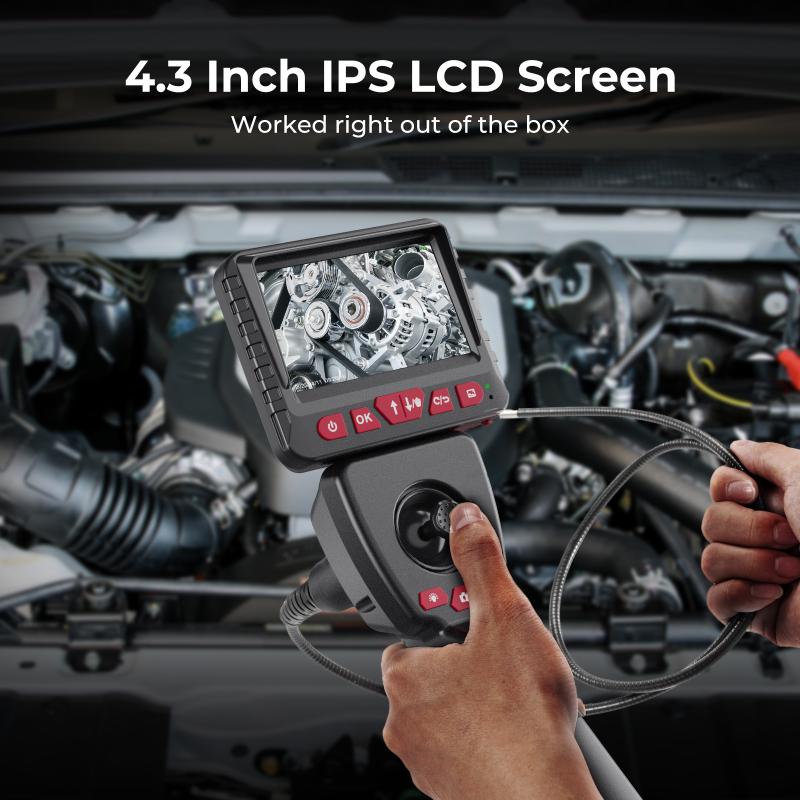
2、 Articulating tip mechanism
An endoscope is a medical device used to visualize and examine the internal organs and structures of the body. One of the key features that allows an endoscope to bend around corners is the articulating tip mechanism.
The articulating tip mechanism is a flexible section at the distal end of the endoscope that can be controlled by the operator. It consists of a series of small, interconnected segments that can be individually manipulated to change the direction and angle of the endoscope. This mechanism allows the endoscope to navigate through the body's natural curves and bends, providing a more comprehensive view of the targeted area.
The latest advancements in endoscope technology have focused on improving the articulating tip mechanism. Researchers and engineers have been working on developing more flexible and responsive materials for the segments, allowing for smoother and more precise movements. Additionally, advancements in miniaturization have led to the development of smaller and more compact articulating tip mechanisms, enabling endoscopes to access even narrower and harder-to-reach areas of the body.
Furthermore, some endoscopes now incorporate robotic systems that provide enhanced control and maneuverability. These robotic systems use advanced algorithms and sensors to assist the operator in navigating the endoscope through complex anatomical structures. This technology has the potential to improve the accuracy and efficiency of endoscopic procedures, reducing the risk of complications and improving patient outcomes.
In conclusion, the articulating tip mechanism is the key component that allows an endoscope to bend around corners. Ongoing advancements in materials, miniaturization, and robotic systems are continuously improving the flexibility and maneuverability of endoscopes, enabling more effective and precise visualization of the internal body structures.
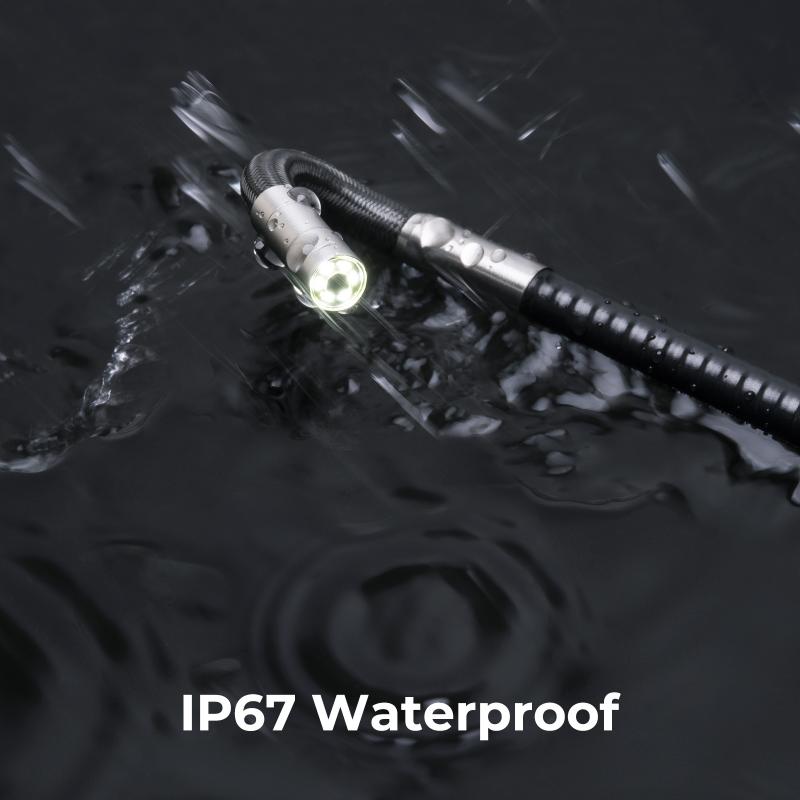
3、 Steerable control system
A steerable control system allows an endoscope to bend around corners by utilizing various mechanisms and technologies. The system typically consists of a flexible shaft with multiple segments that can be controlled individually or in coordination. These segments are usually made of materials such as Nitinol, a shape memory alloy, which can be deformed and then return to their original shape when heated.
One common method used in steerable control systems is the use of cables or wires running through the length of the endoscope. By pulling or releasing tension on these cables, the segments of the endoscope can be manipulated to bend or straighten. This allows the endoscope to navigate through tortuous paths and reach areas that would otherwise be inaccessible.
Another approach is the use of miniature motors or actuators embedded within the endoscope. These motors can be remotely controlled to articulate the segments of the endoscope, enabling precise and controlled movement. The latest advancements in this area involve the use of micro-robotics and artificial intelligence, which allow for even more precise and autonomous control of the endoscope's movements.
Additionally, advancements in imaging technology have also contributed to the effectiveness of steerable control systems. High-definition cameras and advanced imaging sensors provide real-time feedback to the operator, allowing for better visualization and navigation during procedures.
In conclusion, a steerable control system enables an endoscope to bend around corners through the use of flexible segments, cables, wires, motors, and advanced imaging technology. The latest developments in this field continue to enhance the capabilities of endoscopes, making them more versatile and effective in various medical procedures.
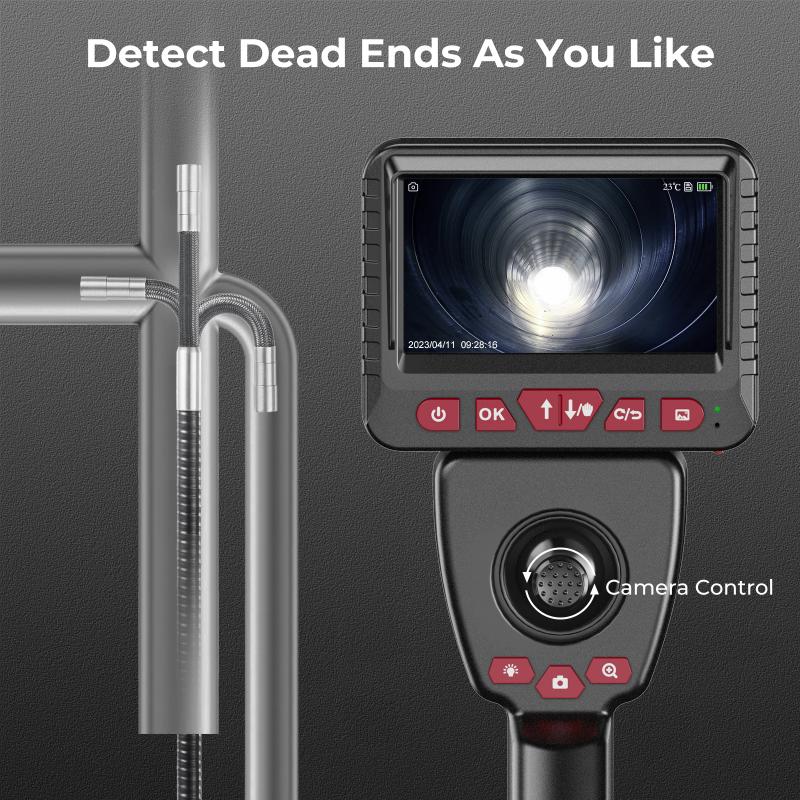
4、 Shape memory alloys
An endoscope is a medical device used to visualize and examine the internal organs and structures of the body. One of the remarkable features of an endoscope is its ability to bend around corners and navigate through narrow and winding passages. This flexibility is achieved through the use of shape memory alloys (SMAs).
Shape memory alloys are a class of materials that have the unique ability to return to their original shape after being deformed. They are typically made from a combination of metals, such as nickel and titanium, which exhibit this shape memory effect. The alloy is designed to have two different crystal structures, one at low temperatures and another at high temperatures. When the alloy is heated, it undergoes a phase transformation and reverts to its original shape.
In the case of an endoscope, SMAs are used to create a flexible shaft that can be steered and manipulated by the operator. The endoscope is inserted into the body in a straight configuration, and once inside, it can be bent and curved by applying heat to the SMA shaft. This heat can be generated by passing an electric current through the alloy or by using external heating elements.
The latest point of view on the use of SMAs in endoscopes is focused on improving their flexibility and maneuverability. Researchers are exploring new alloy compositions and manufacturing techniques to enhance the shape memory effect and allow for even tighter bends and sharper turns. Additionally, advancements in miniaturization and robotics are being integrated into endoscope designs, enabling more precise control and navigation through complex anatomical structures.
In conclusion, the ability of an endoscope to bend around corners is made possible by the use of shape memory alloys. These materials have the unique property of returning to their original shape after being deformed, allowing the endoscope to navigate through narrow and winding passages. Ongoing research and development in this field aim to further improve the flexibility and maneuverability of endoscopes, ultimately enhancing their diagnostic and therapeutic capabilities.
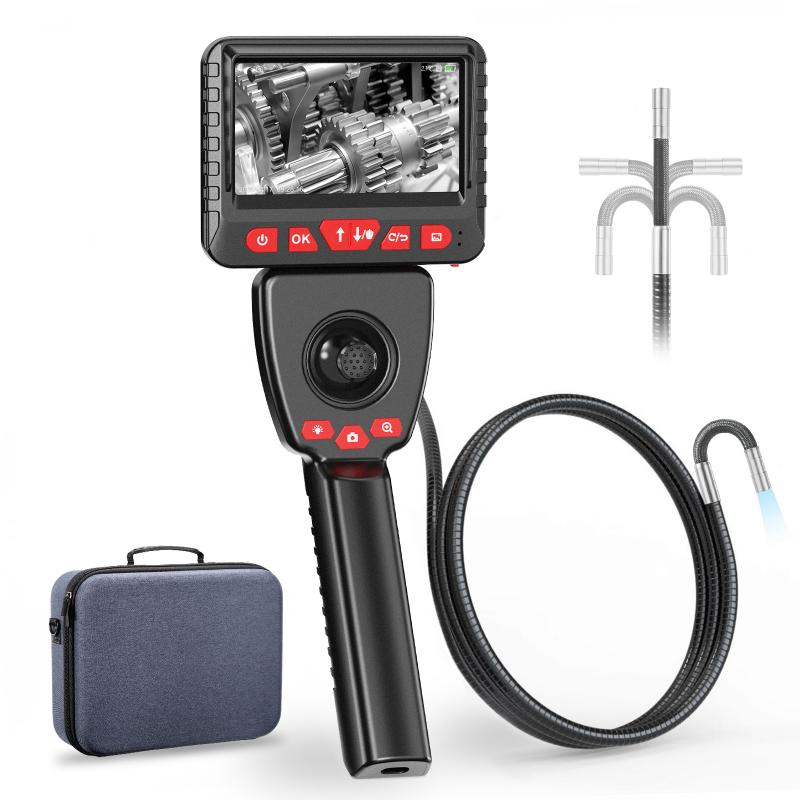


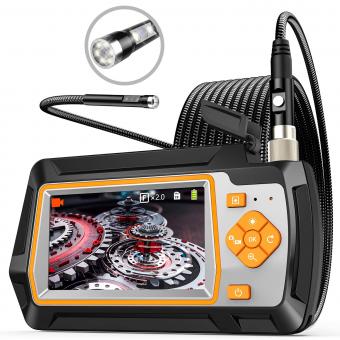
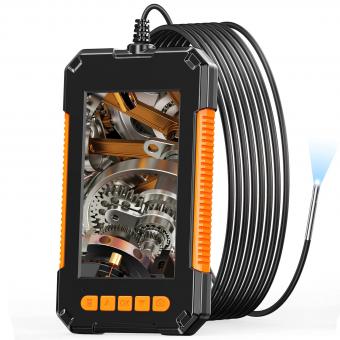
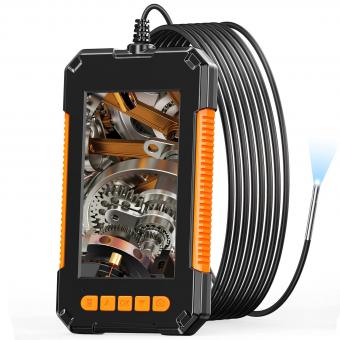

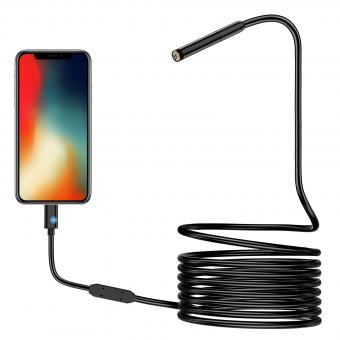

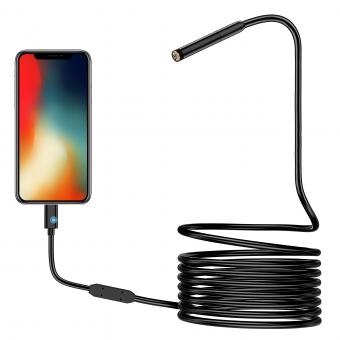
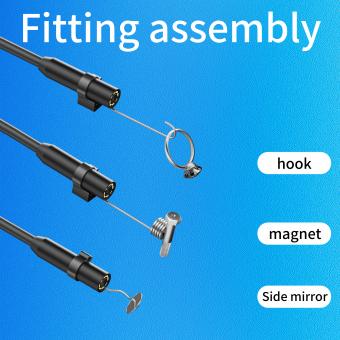











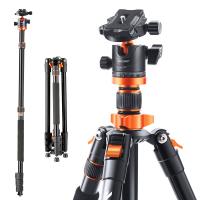

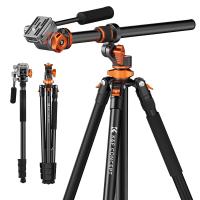
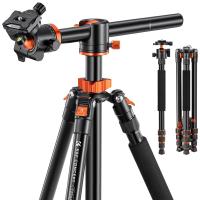

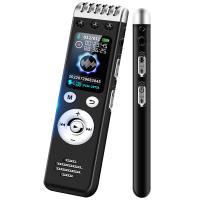
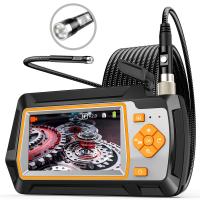

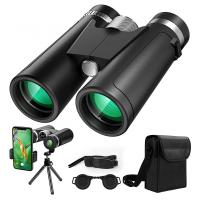

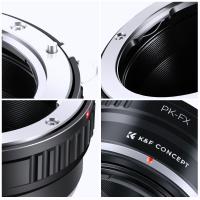
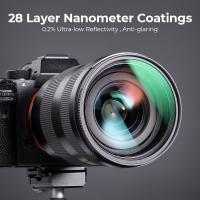

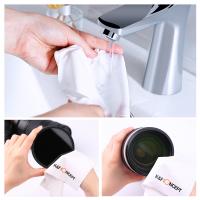



There are no comments for this blog.